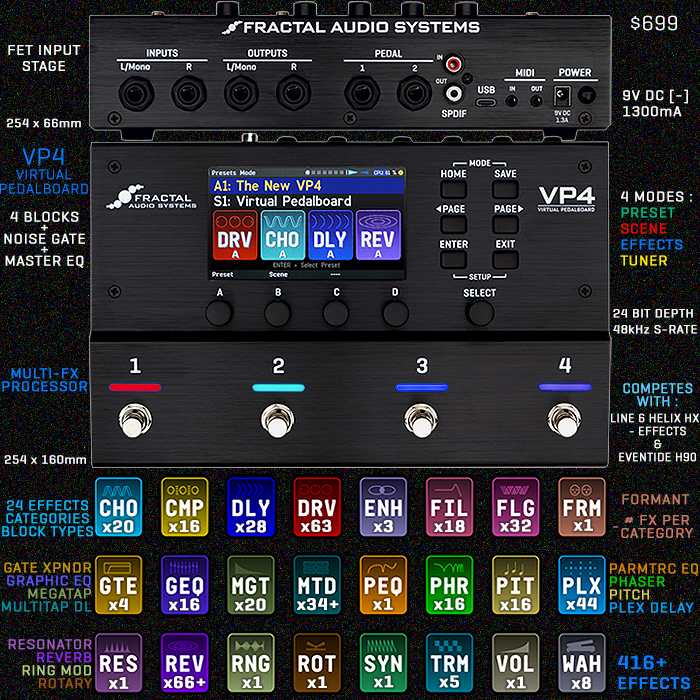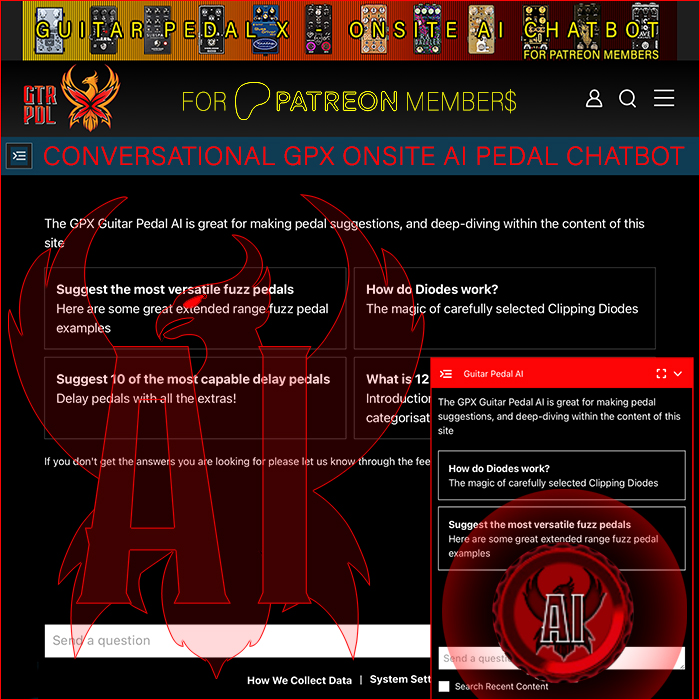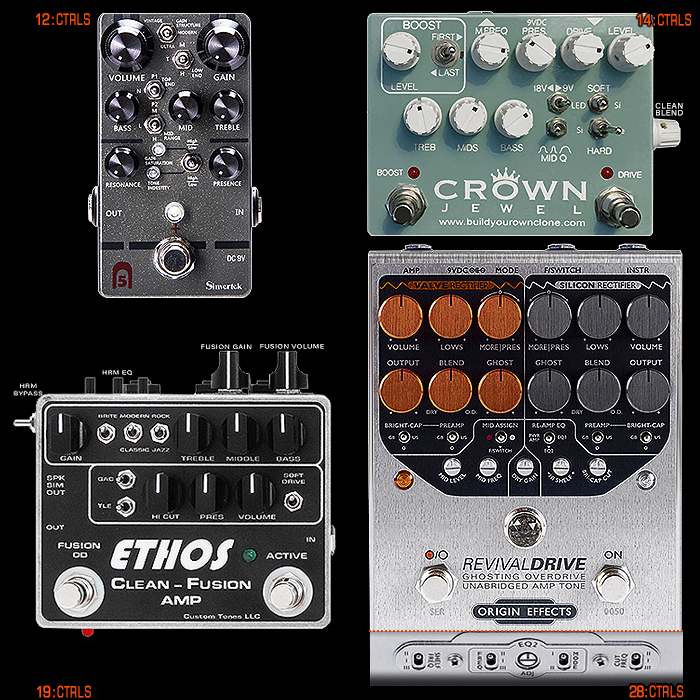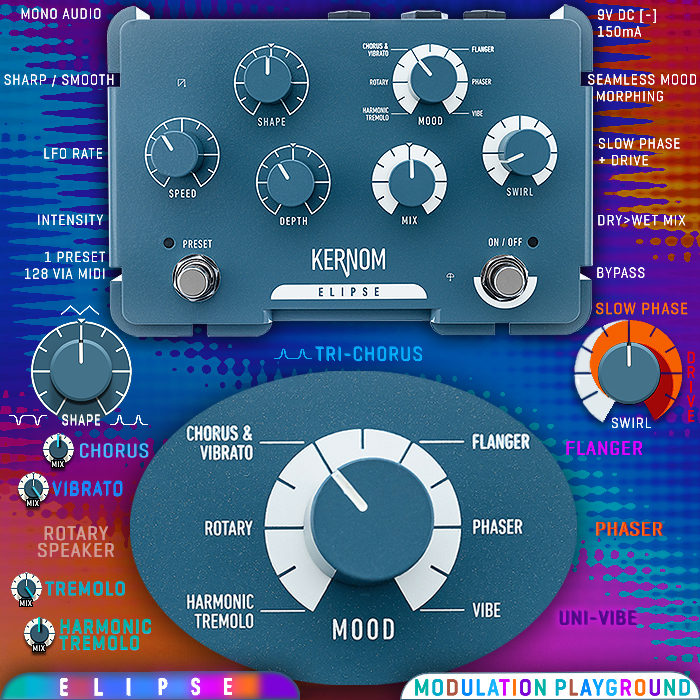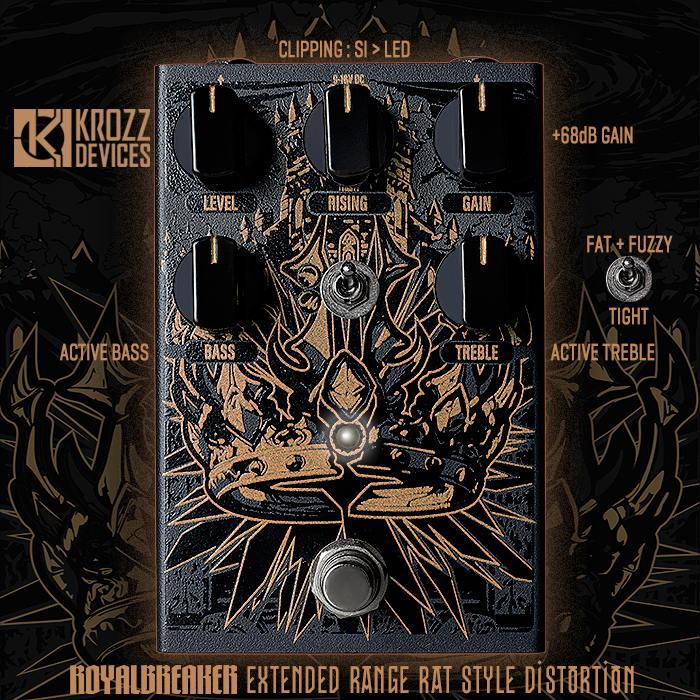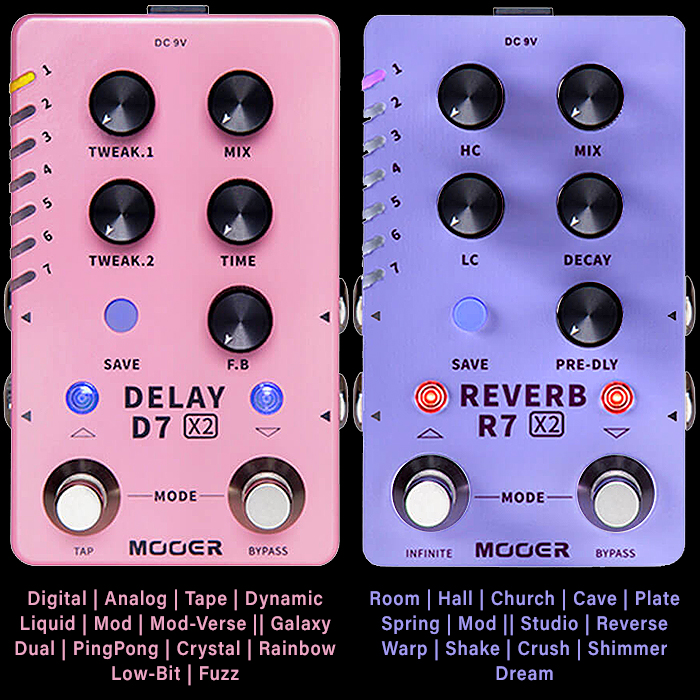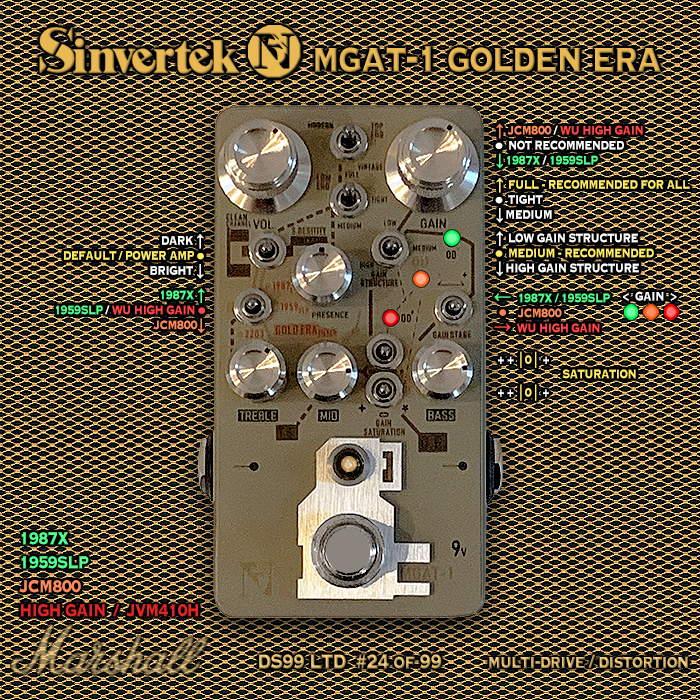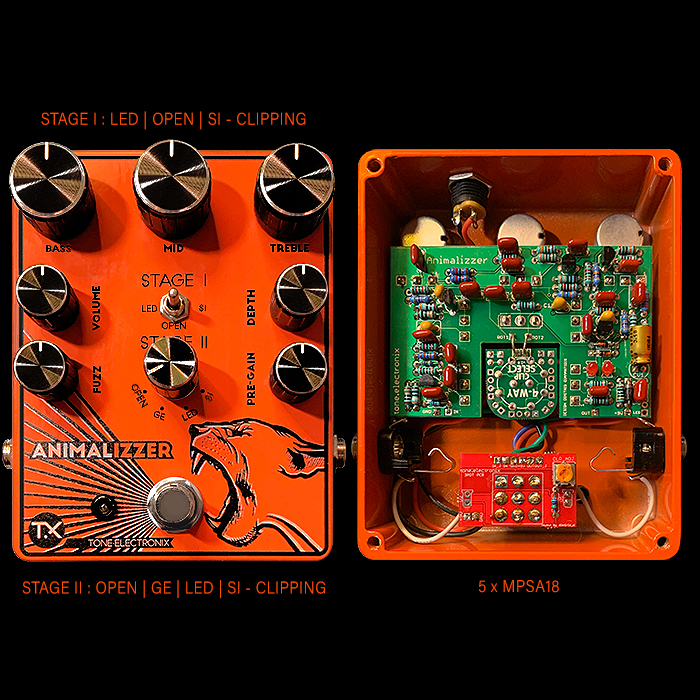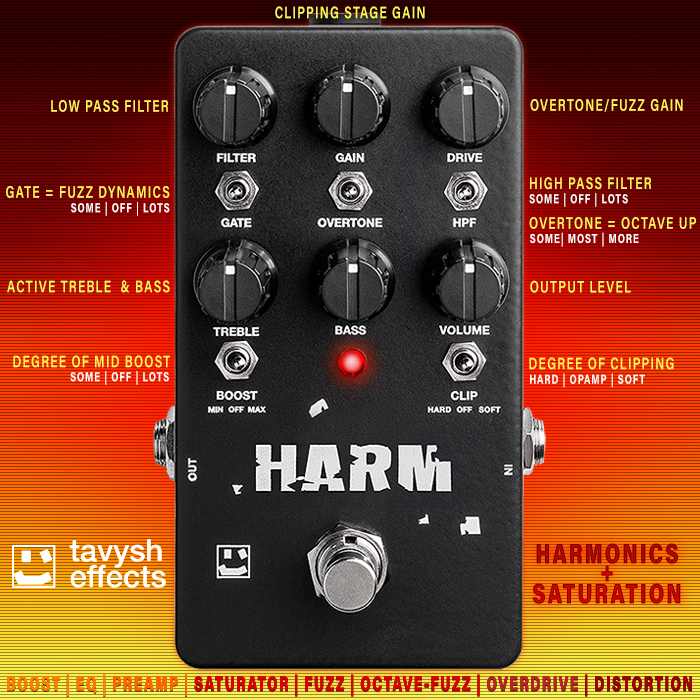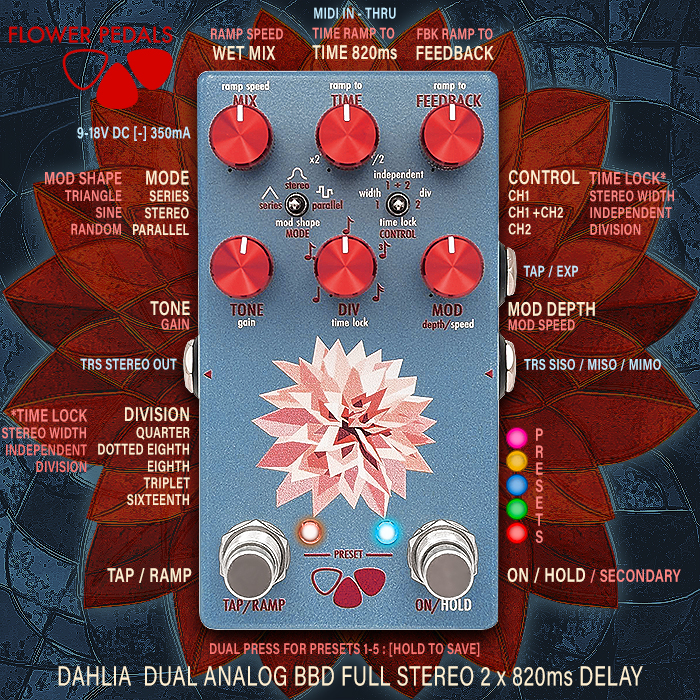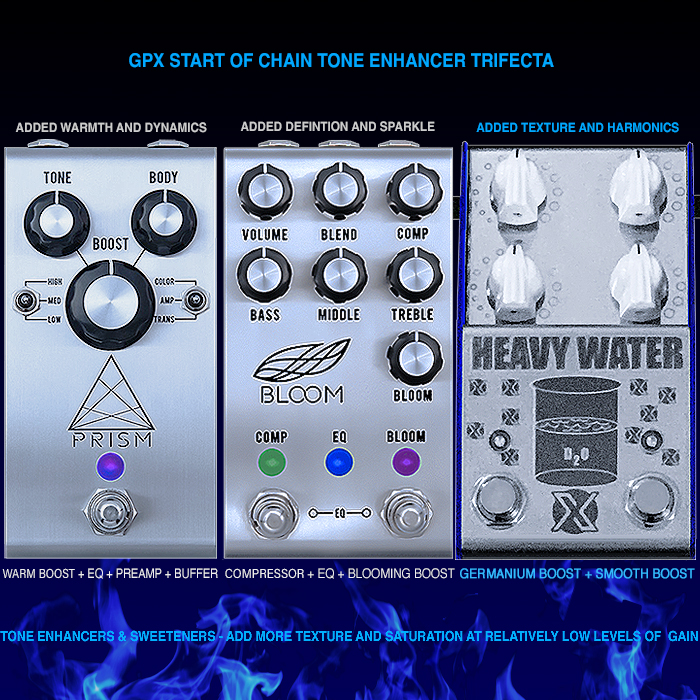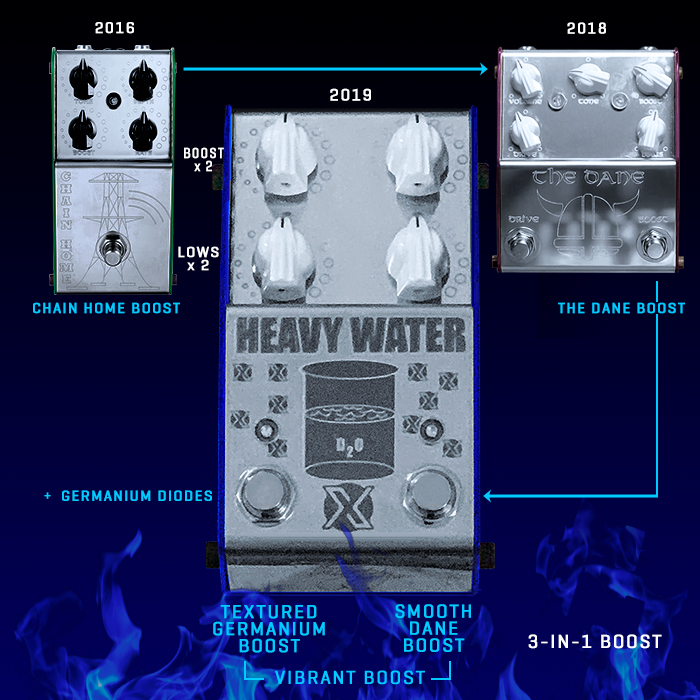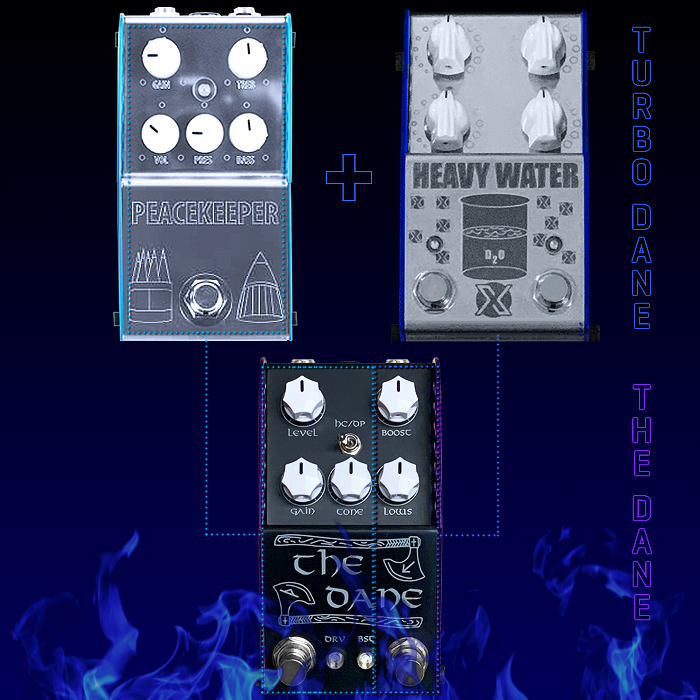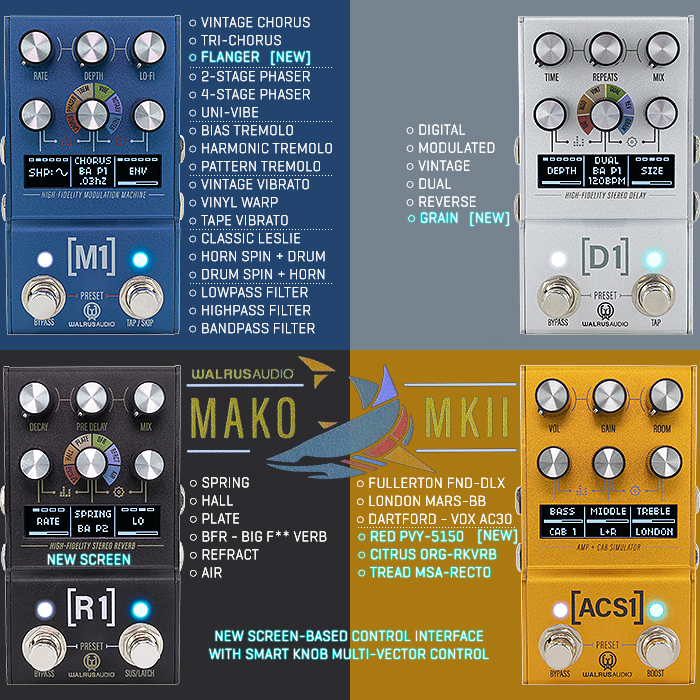The 10 Pedal Challenge!

So a follower on instagram challenged me to shrink my elaborate pedal-chain down to just 10 pedals. My original plan was just to fill a Pedaltrain Nano Max board with 10 compact pedals. But I then decided I should do a Mid-Size variation too, using the Pedaltrain Classic 2 board or thereabouts. I may do further Mini and Large Format editions as a follow-up - depending on how well this article is received!
This was a trickier exercise than you would imagine - as I needed to shuffle through all the ’pedal cards’ I have in my mind (my 1,300 strong reference collection) - to pick out the most potent and versatile combination of 10 - which would still mostly deliver most of my core sounds. I could have really done with 12 slots here - as I’m having to do without a Compressor and EQ - I’m so used to having all those different ’Spice Rack’ / ’Tone Components’ in my full-fat rig - which give me near enough all the options I need.
The current incarnation of the ’board’ / ’pedal-chain’ pictures 47 pedals - while I could not fit in the 48th which is currently present too - namely the Audiostorm MXP-1 Expression Pedal - so I’m going from 48 pedals down to just 10 - some very tough decisions needed to be made!

For this exercise there were always going to have to be some core essential pedals - which are the key constituent parts of my own sound - these usually mean my Boost Trifecta from the front of the chain - where I've had to leave out the Compressor (Becos FX CompIQ Pro Stella currently), I then normally combine the Noise Gate - with what I call my 'Balancing EQ' (Empress ParaEQ MKII Deluxe) which tweaks the profile after gate - for some fine-tuning action / restoring some highs and tidying up / tightening up the bass - before handing over to the stereo part of the chain.
The TC Electonic Mimiq is one of my always-on essentials - what I call 'Fairy Dust for Stereo Rigs' - it's a pretty special Doubler effect - which enriches the soundstage and gives it more depth and girth! As I have only 3 gain pedal options here in essence - it means I'm going to be doing quite a bit of gain-stacking - which means a Noise Gate is another essential. And I've always relied heavily on my Alchemy Audio modded Boss NS-2 - it's no way near the most potent Noise Gate out there - but this one has always worked brilliantly for me! For whatever reason - I didn't particularly gel with the NS-1X, the analog gating of the NS-2 somehow feels more natural and organic to me.
So any rig I do - would have to feature feature those 4 highlighted pedals. The JA Prism adds warmth and dynamics to the start of the chain - I've tried various other alternatives - but none of them are quite as gooey / organic / analog sounding as the Prism. And you all know how I feel about the ThorpyFX Heavy Water - that duo really sets up the core profile for the chain.
Ideally I would have liked 12 slots here - so I could fit in my compressor and EQ choices, but I guess that's a big part of this challenge - deciding which pedals you can drop - which would impact the chain to a lesser degree than those essentials selected - sometime very fine margins indeed!
The Compact Nano Max Board of 10

So this article was originally going to be called the 'Pedaltrain Nano Max Challenge' as that can just about squeeze in 10 compact pedals - with the likelihood of just a little overhand - to accommodate all those patch cables. If space is really tight - then perhaps I would need to switch to more pedals with top-mounted jacks - whitle I feel I could reasonably fit these 10 onto that board - near enough - in any case it's just a vehicle for anchoring those 10 pedals.
Since that board formed such a narrow strip - I decided I should to a Mid-Size selection too. Both of them required some really deep thinking - and neither is quite so potent as my 'Spice Rack' - by quite some margin!
Obviously the Essential pedals here were fairly obvious, as was the gain selection mostly, and the Multi-Modulator. All these are currently accounted for - bar the Walrus Audio Mako Series MKII M1 - which doesn't reach these shores until November 7th I'm led to believe - there's also an as yet not featured on this site pedal - the Tavysh Harm - which is in mid-review at the moment - and I look forward to revealing the details of that in a week or two.
It was a little tricky deciding on the Delay and Reverb, the Delay less so in the end - but with the Reverb I was trying to get as similar a mix of algorithms as is found on the Boss RV-200. The Mooer R7 X2 comes closest - with its 14 modes - where the 2nd set of algorithms is particularly impressive!
It took a day or two for this arrangement to fully settle - but I'm totally happy with it now. I would still like more of a potent Fuzz Pedal - which can cover off at least 5 varieties of Fuzz - Tone Bender, Fuzz Face, Octavia, Big Muff, and Super Fuzz. I'm sure it could be done with some smart analog component 'modelling' combining different transistor gain stages, and accentuating with further elements like a ring-mod style octave, and further clipping diodes - for versatility and consistency. I'm still satisfied that both 10 Pedal Arrangement can deliver most of what I need - I hope you all enjoy this feature - would be good to hear what your own choices would be. I obviously leaned mostly into range and versatility here - while some will likely head in a more artist-specific direction - say David Gilmour or Andy Timmons, while I try to tread a slightly broader path!
Here follow the individual pedal details for the Compact Arrangement :
1] : Jackson Audio Prism Buffer, Boost, Preamp, EQ & Overdrive - $259
Controls - Tone, Body, Mode : High / Med / Low, Boost, Preamp : Color / Amp / Transparent.
This pedal literally and figuratively 'sets the tone' for the chain - the 2-Band EQ, and that extra warmth and dynamics from the Preamp - all set fairly subtly - and typically stacked with a Compressor, and my Heavy Water - as my front-of-chain Trifecta - those elements add wonderful nuances into my core tonality. I've tried to replace them and vary that selection - but nothing seems to sound as good as my typical core trio. The Prism has a unique analogue gooeyness to it - where I've tried to replace it with Burr-Brown opamp types - but those sound to hard - none of them seem to have the same degree of soft malleable analogue gooeyness that my Prism generates - I've tried half a dozen different alternatives and the Prism wins out every time - so winner stays on of course - where that one's been in my core chain since 2017!
2] : Heavy Water 3-in-1 / Dual Boost / Harmonic Enricher! - $279
Controls : Germanium Boost Side } Boost, Lows, Smooth Dane Boost Side } Boost, Lows.
My favourite Thorpy pedal - which is mostly set to always-on for the Germanium side for additional harmonics, where on the odd occasions when that side is too much - the smoother Dane works a treat, and they're both great when deployed together too. Definitely a pedal I can't live without! This is your classic 'Tone Enhancer' / 'Makes Everything Sound Better' pedal - gives every drive, distortion and fuzz pedal an extra dimension - and richer and more complex harmonics. The first pedal used for that purpose was the Spaceman Mercury IV - while the Thorpy Heavy Water really is a 3-in-1 pedal for me - where I deploy the two sides independently, as well as in combination!
3] : Chase Bliss Brothers Analog Gain Stage Dual Channel Boos, Overdrive and Fuzz, with series and parallel stacking - [discontinued] - $349 when new
Controls - Gain A, Tone A, Master, Gain B, Tone B, A/B Mix, A Voicing : Boost / Drive / Fuzz, Stack : Parallel / A>B / B>A, B Voicing : Boost / Drive / Fuzz. Presets : 1 / Manual / 2, A Footswitch, B Footswitch, [+16 Dip-switches].
I've long relied on the Chase Bliss Brothers to be my Multi-Fuzz - I always stack the 2 Fuzz Voicings with either Boost or Overdrive, and while more naturally this sits largely in Big Muff territory - you can tune it sufficiently to deliver Fuzz-Face-ish tones, and even touch on ballpark Tone Bender-ish tones if you really apply yourself! A really wonderful pedal - and something of a surprise that it's no longer in production - I know so many that love this pedal. There isn't another compact pedal like this as far as I'm aware! The Parallel stacking option is particularly potent here!
4] : Tavysh Effects Harm Multi-Gain-Stage Pedal - Boost | EQ | Preamp | Saturator | Fuzz | Octave-Fuzz | Overdrive | Distortion | High Gain - $249
Controls - LPF Filter, Main Gain, Overtone/Fuzz Drive/Gain, Gate (Fuzz Dynamics), Overtone (Octave Up), HPF, Active Treble, Active Bass, Volume, 3-way Mid Boost, Clip : Hard / Off / Soft.
I'm in the middle of reviewing this exceptional pedal - the very embodiment of my '12 Degrees of Saturation' methodology / philosophy. With those 11 controls - 6 knobs, and 5 x 3-way toggle switches - you can target almost any variant of boost, drive, fuzz or distortion pedal. As I always advise - this doesn't mean absolutely authentic 100% recreations of every gain tone, but rather near as darnit variants which can get unerringly close. There is always some slight difference in nuance, creaminess of clipping etc. while at times it's quite uncanny how close you can get - as you will see in about a week - I've been able to recreate several of my favourite gain pedals with his one unit - including killer Blues Driver and Dumble Drive flavours. Ilya at Tavysh Effects just needs to figure out now how you can add presets into the mix as a V2 - as it would be killer to have all those different flavours within more easy reach! I look forward to sharing my insights on this pedal very soon! That article will definitely have '12 Degrees of Saturation' in the title!
5] : Sinvertek N5 MGAT-1 Golden Era MIAB Hyper Preamp - $349
Controls - Volume, Top End : Modern / X / Vintage, Low End : Full / Tight / Medium, Gain, Destity / Core EQ : Dark / Poweramp / Bright, Gain Structure : Low / Medium / High, Gold Era Filter : 1987X / 1959SLP + High Gain / 2203 JCM800, Presence, Gain : Green / Orange / Red, Treble, Mid, Orange Saturation : ++ / 0 / +, Red Saturation : ++ / 0 / +, Bass.
Obviously my favourite distortion pedal to-date - with its 19 gears / levels of gain - from Marshall cleans up to JVM levels of super high gain - wonderful amp-like pedal with amazing dynamics and 'under-the-finger-feel' - still the definitive MIAB pedal as far as I'm concerned! Works brilliantly with your guitar controls too - just a fantastic - really 'lively' and vibrant distortion with so much inherent versatility!
6] : Boss NS-2 Noise Suppressor - Alchemy Audio Modded - I got it for $119 right at the start of 2017!
Controls - Threshold, Decay, Mode : Reduction / Mute.
My trusty Noise Gate - I know that there are better and more potent ones out there, but I've never felt the need to change - this Alchemy Audio one is just really elegant in its noise reduction - and has always worked really well for me - I keep thinking I should get more Noise Gates in to run tests on - like the family recent KMA Machines Pylon - but I really don't feel the need as of this moment. I obviously had the experience of the recent Boss NS-1X - where my old Modded NS-2 was still the preferred choice for me. In that respect it's really been a matter of - if it works well then leave it be!
7] : Walrus Audio Mako Series MKII M1 Multi-Modulator - $399
Controls - Rate, Depth, Lo-Fi, Options, Mode : Chorus / Phaser / Trem / Vibe / Rotary / Filter, Parameters, Bypass Footswitch, Tap Tempo/Skip Footswitch.
The one pedal I don't yet have as such - according to Andertons these are materialising in the UK on November 7th - so I will definitely snap one up then. I love the new format with the control-strip-like screen and smart segmentation. And of course this model comes with a Flanger voicing - which swings it for me. I'm glad I waited on this one - as this is a much superior version to the MKI! And has almost a perfect mix of Algorithms - with 18 varieties onboard!
8] : TC Electronic Mimiq Stereo Doubler / Fairy Dust! - $119
Controls - Dubs : 1-3, Tightness, Effect, Dry.
Brian Wampler and I are in total agreement about this pedal - a really special doubler effect which makes stereo rigs sound deeper, richer and more immersive - this is one of my essential always on pedals - makes everything sound better in the rig - but only works properly in stereo - it doesn't deliver any of the fairy dust for mono application. If you have a stereo pedal-chain / rig - then you really need this, if your rig is mono - it will have no significant impact!
9] Flower Pedals Dahlia Dual Channel Full Stereo Analog BBD Delay - $499
Controls - MIX [ramp speed], TIME 60ms-770ms [ramp to], FEEBACK [ramp to], MODE : Series / Stereo / Parallel [mod shape : triangle / sine / random, CONTROL : 1 / 1+2 / 2 [time lock : width / independent / div], TONE / LPF [gain], DIV : quarter / dotted eighth / eighth / triplet / sixteenth [time lock], MOD [depth/speed], MIDI In, MIDI Thru, EXP/TAP slider switch, MONO/STERO slider switch, Tap Tempo/Ramp Footswitch, On/Hold (Freeze) Footswitch.
This one was on the wishlist for nearly a year - but I've hit the tigger on this one now, and I should have it within a week of this post. A really clever compact unit with fully independent or synced channels - where you can relatively easily replicate the Andy Timmons Halo Echo, and much more besides! The option here was to go for a Multi-Delay vs just Analog - but my current mainstay delay is the Boss DM-101 which I really love (apart from its Mono only input!). Several of my friends already have the Dahlia and it's most definitely my kind of pedal. As I've been using the DM-101 this one hasn't really been a priority until now - where the intention was always to get it in before year-end!
10] : Mooer R7 X2 14 Mode Stereo Reverb - with Presets - $92 currently from Thomann
Controls - High-Cut, Wet Mix, Low-Cut, Decay, Save Button / Modes, Pre-Delay, Infinite/Freeze Footswitch, Bypass Footswitch, Press Both Footswitches to Scroll through the Modes.
I kind of mostly knew where I was going with the other 9 slots - even though the gain and delay pedals took some significant consideration. While the Reverb slot took me the longest to decide on. The Boss RV-200 has the very best mix of algorithms for my preferences (Room | Hall | Plate | Spring | Shimmer | ArpVerb | SlowVerb | Modulate | +Delay | LoFi | Gate | Reverse) - where I was trying to get as close to those as possible, but for those compact formats there are none which come that close to that format. Overall in the compoact category I felt that this Mooer one had the best mix of algorithms - particularly the second set. Turns out that these are pretty cheap currently on Thomann ($92 equivalent) - where I snagged mine! The R7 X2's Modes are - Room | Hall | Church | Cave | Plate | Spring | Mod | Studio | Reverse | Warp | Shake | Crush | Shimmer | Dream. I'm still waiting for someone to do a proper multi-mode Sci-Fi Reverb - where every flavour sounds like an atmospheric Bladerunner style score!
The Mid-Size Classic 2 Board of 10

I felt that it wasn't enough to just do a single board of 10 Compacts - the visual looked a bit skinny like that, so I decided we should also have a second board of 10 Mid-Size pedals - swapping out some of those compacts for mid-size alternatives where appropriate - which gave me the option of selecting a slightly larger pedal where that made sense. I thought I would also mention Mid-Size alternatives here where I decided to rather defer to one of the Essential Compacts. The only option that it really doesn't make any sense to have a larger pedal - is the Noise Gate - nearly all the best ones are in compact format, so the NS-2 will still do fine.
In place of the Prism Preamp, I could have gone with something like the Westerlund One Preamp - not exactly the same, but gives me slightly different options in the same kind of area. In place of the Thorpy Water I could have gone with my Original Germanium Harmonics Booster - the Spaceman Mercury IV - which I still have and love, while the Heavy Water is more versatile for me. And finally for the Double Tracker - again - while not quite the same, I could have gone for either the Strymon Deco, or KMA Machines Endgame - as both of those have excellent Doubler effects onboard.
For the Stereo segment - to date the Wampler Terraform, Boss DD-200, and Boss RV-200 all 3 have the perfect mix of algorithms across those formats for those genres - those 3 are all excellent - and have each appeared in my chain at various intervals. The GFI System Synesthesia has superior algortihm coverage overall - so I could have gone for that - within this particular rig - it doesn't matter that that is Mono in - as that is the first one in that segment. I felt that the Terraform was slightly simpler to operate and give me all the essentials that I liked. The DD-200 was pretty much a shoe-in for that size category - and because of that I went with the RV-200 also, while I could have gone with the Source Audio Ventris - which I really love too - that and the RV-200 are pretty much neck-and-neck for me - where overall the better mix of core classic and default algorithms goes to the RV-200. The Ventris still does the Dual Simultaneous Algorithms thing which stands hugely in its favour - but on balance, and based on my user experience of both those devices - I decided that the RV-200 would be my preferred choice here.
I've elected to retain all 4 'Essential' pedals from the Compact board, so no need to cover thoese again - here below are the individual details for the 6 pedals that are different! :
3] : TX Pedals Animalizzer Multi-Muff / Multi-Fuzz - $260
Controls - Bass, Mid, Treble, Volume, Fuzz, Stage I Clipping - LED/Open/Silicon, Stage II Clipping - Open/Germanium/LED/Silicon, Depth, Pre-Gain (Boost).
One of my all-time favourite fuzzes - obviously a Big Muff type at its core - but with the extensive control topology you can take it into all kinds of other interesting areas. I've recommended some enhancements over the years - and it certainly would be cool to have dual footswitches, and perhaps an additional octave up option. As is - it is already plenty potent enough without further embellishment - where it is particularly good at overdrives, fuzzy-drives and distortions - besides the Fuzz thing. Just a super smart versatile chameleon of an all-rounder fuzz pedal! I've featured it so many times on this side - there really isn't much more to say on the subject - apart from the superbly calibrated Clipping options - where you don't suffer a volume drop really on any of those - including the Ge variant - some really smart engineering on this pedal!
4] : BYOC Crown Jewel Multidrive/PreAmp with Modular Boost, fully assembled - [discontinued] - $219 fully assembled when new [DIY Kit roughly 1/2 of that!]
Controls - BOOST } Level, Order : Last/First, Mids Freq., Presence, Drive, Level, Treble, Mids, Bass, 18V<>9V, Soft Clipping : LED / Si, Hard Clipping : Si / Ge, Mid Q : Median / Narrow / Wide, Dry Blend, Boost Footswitch, Drive Footswitch.
Another super potent pedal that sadly seems to be discontinued - an awesome multi-gain-stage pedal with extensive control topology, and replaceable Boost Module - LPB / Ge Treble Booster / Electra / Hard Clipper (Klon), Mimosa - Orange Squeezer / 18V JFET. You can tweak it to the ballpark of most every gain pedal - obviously dependent on using the right Boost Module - it would have been cool if you could have been able to hot-swap those modules from the surface - like say for the Cooper FX Arcades! This is such a potent pedal that I wish more could have gotten their hands on one! Would be nice if someone did a Chase Bliss style exercise on this and found some way to do presets. I also think that there should be 3 built-in Boost Modules - that you can switch between - which would cover 90% of the gain pedals out there - and including several fuzz varieties. Much like my suggestion for the Animalizzer - it would be cool to have an Octave switch on here too - just to complete its largesse!
5] : DSM & Humboldt Silver Linings Drive/Preamp Engine Multi-Drive - $249
Controls : Master Boost (Clean Boost +20dB), Level (Output), Gain (Variable Gain Bandwidth), Pre Boost (Gain Boost / Compression + 30dB), Mode : Normal (Transparent) / Preamp (Insert) / Mid Boost (+800Hz Mid-Hump Drive), Style : Soft (Soft Symmetrical Clipping), Vintage (Fat Asymmetrical Clipping), Hard (Tight, Amp-Like Hard Clipping), Treble [>2kHz ±15dB], Mid [300Hz > 2kHz ±12dB], Bass [<300Hz ±10dB], Pre Tone (Tilt / Balancing Input EQ). Engage Boost Footswitch (also independent), Engage Drive Footswitch.
Another superb multi-drive pedal with a vast range of different tones onboard, somewhat vintage inspired for those more classic tones - versus its higher gain Black Cloud sibling - which is rather darker and denser and more mids-forward, more modern-leaning. The Silver Linings is the more versatile one and gets you from clean boost right up to high gain tones - not quite as chunky and crushing as the Black Cloud, but ample enough for most, and you can further gain-stack this Silver Linings to raise that one's gain profile higher. It's a really well thought out and well-balanced pedal, and I'm a little surprised it hasn't done better - one of my longtime favourites for sure. Much like for the Animalizzer and Crown Jewel - it would be cool to get this Analog style of pedal with a digital control layer - such that you can same some presets for all the different voicings that are possible! With the Animalizzer, Crown Jewel and Silver Linings in the chain - I'm covered for most gain varieties - at the very least ballpark versions thereof!
7] : Wampler Terraform Stereo Multi-Modulator - $299
Controls - Mode : Auto-Wah / Envelope Filter / Flanger / Phaser / Uni-Vibe / Rotary / Swell / Amplitude Tremolo / Harmonic Tremolo / Chorus / Dimension Chorus, Rate, Depth, Blend, Variable, Volume, Bypass Footswitch, Preset/Save Button, Tap Tempo Footswitch.
My favourite stand-alone multi-modulator to-date with my favourite mix of algorithms. Overall the GFI Synesthesia has quite a bit more about it, but its Mono in Stereo Out functionality means that it is mostly incompatible with my current big rig. Whenever I look to the perfect Modulation Pedal - I always turn to this one as my benchmark reference. The Boss MD-200 misses out by the virtue of the fact that it's missing two of my favourite modulations - Boss's own DC-2 Dimension, and of course Harmonic Tremolo. Other than that the Boss is pretty decent - while I would take both those featured in this selection over and above that unit! Some of the effects on the Wampler could do with being a little more syrupy - but in general it's a quality device, and very easy to deploy! Its ease of deployment is what wins its place here - along with the superior mix of algorithms, otherwise the GFI Synesthesia would be the one - it's a close run thing in any case in this scenario. Since this is the first of the stereo slots - the GFI Synesthesia would work perfectly here - while with my main big rig - the one MISO pedal role (Mono In Stereo Out) is already filled by my favourite Boss DM-101 Analog Delay!
9] : Boss DD-200 Digital Stereo Multi-Delay - $249
Controls : Time, Feedback, Effect Level, Mode > Standard / Analog / Tape / Drum / Shimmer / Tera Echo / Pad Echo / Pattern / Lo-Fi / Dual / Ducking / Reverse, Variable Param, Tone, Mod Depth, Tap Division : Half Note, Quarter, Eighth, Triplet, Dotter, Memory [Hold:Write] : Manual / 1-4, On/Off Footswitch, Memory / Tap Tempo Footswitch, Looper Rec/Dub/Play on 1st Footswitch, and Stop [Clear:Hold] on 2nd.
Another pedal with the perfect mix of algorithms - I would take this over the Source Audio Nemesis, and even the larger Boss DD-500, but not over its DM-101 sibling, or the EchoSystem from Empress - which is still probably my overall favourite delay unit - while I file that one in the larger enclosure category - so not suitable for this mid-size selection. The Red Panda Raster is also fantastic - but overall - I feel the Boss DD-200 is still my champion for this size / category - the Tera Echo and Pad Echo are almost worth the price of admission alone! This one really has all the modes that I would want on a delay pedal - the perfect mix of algorithms!
10] : Boss RV-200 Stereo Multi-Reverb - $269
Controls - Time, Pre-Delay, Effect Level, Mode : Room / Hall / Plate / Spring / Shimmer / ArpVerb / SlowVerb / Modulate / +Delay / Lo-Fi / Gate / Reverse, Variable Param, Low, High, Density [Hold for Panel Lock], Memory [Hold to Save] : Manual / 1-4, On/Off Footswitch, Memory/Hold Footswitch.
Boss does it again - and delivers the perfect mix of algorithm for its 200 Series Reverb also. It runs very close to the Source Audio Ventris - which is another favourite of mine, while for the key surface modes - I prefer the Boss mix overall - while the Ventris can play 2 reverbs simultunaeously across its two channels. I was very excited when I saw the Boss algorithms - which make for a perfect pedal, while I grant you that the Source Audio Ventris is still superior in certain areas. I think since I selected the DD-200 I felt it made sense to have the Boss pair, while on another day I might have rather gone for the Ventris - both are excellent - but based on the core 12 default algorithms - Boss offers the superior mix!







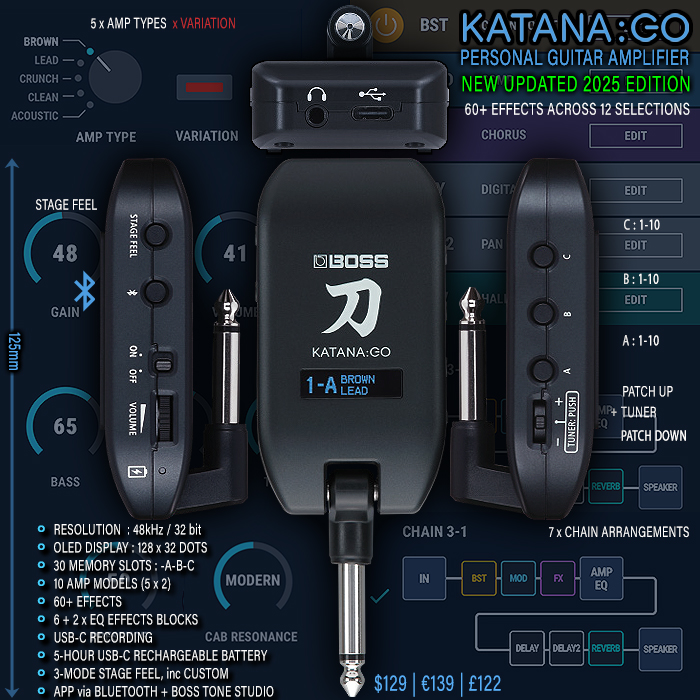
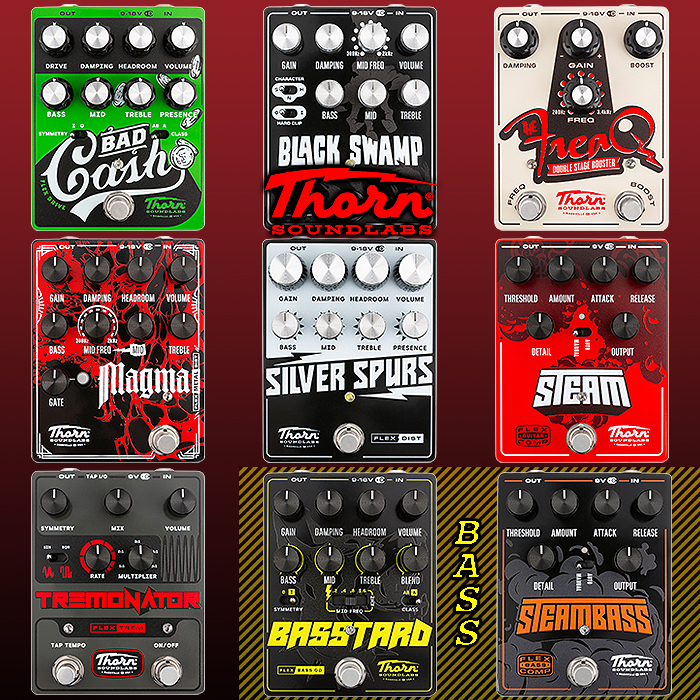
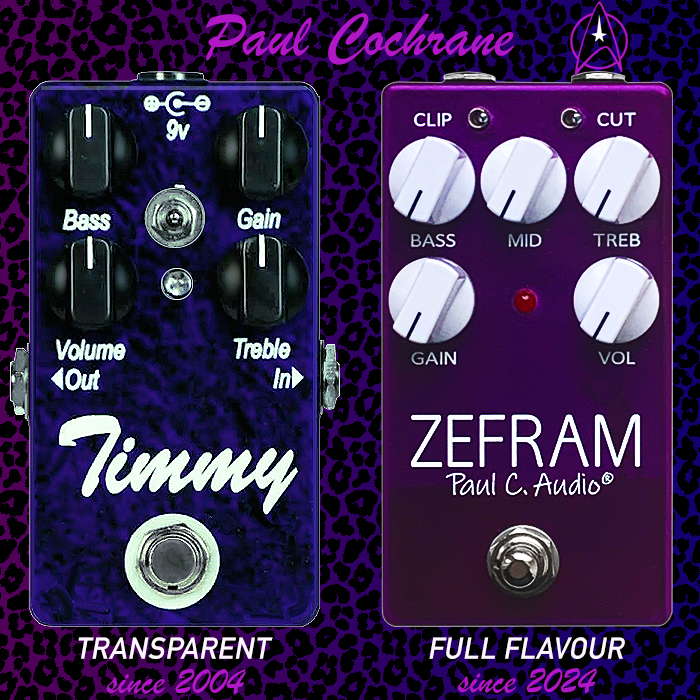
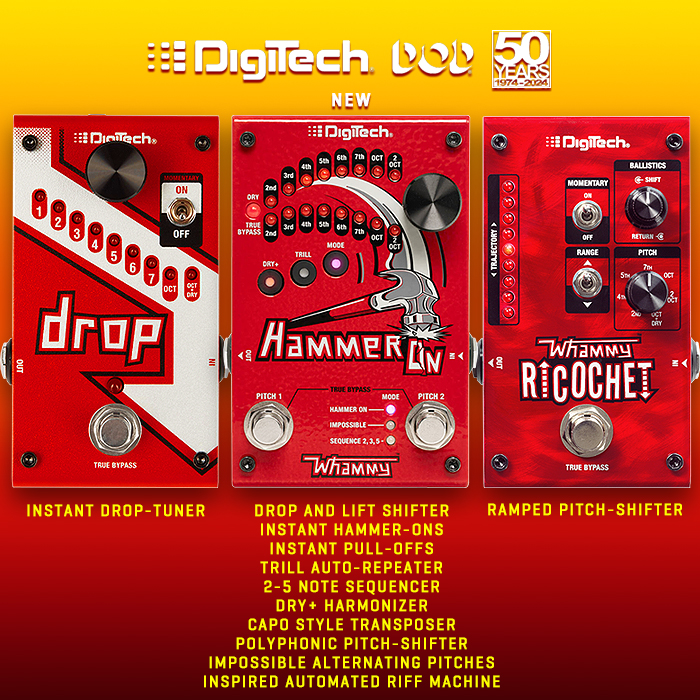

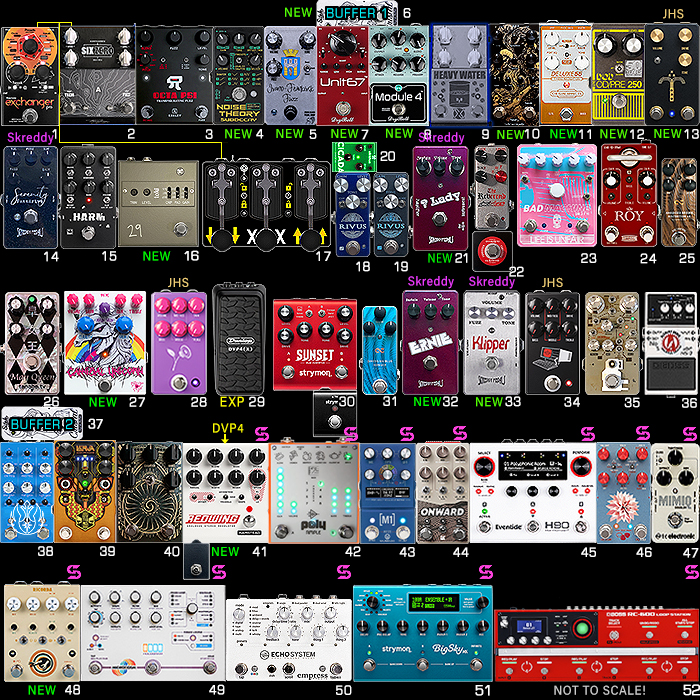
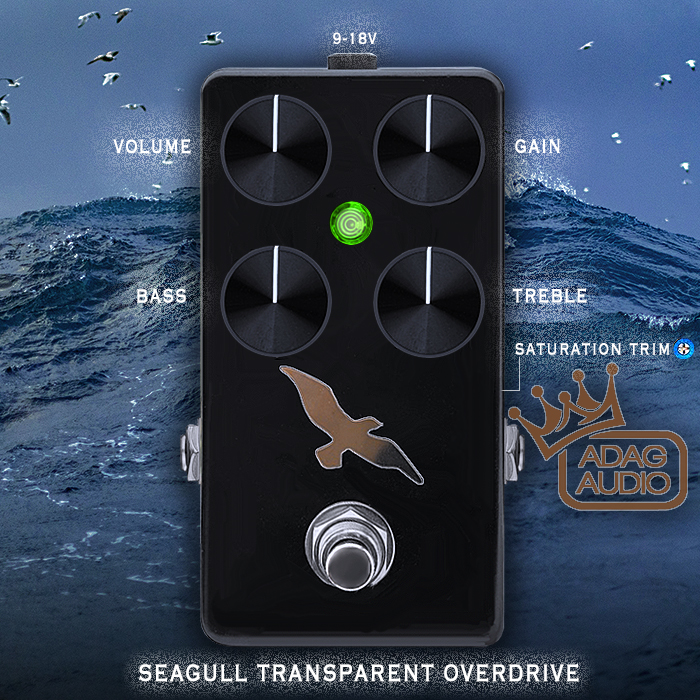
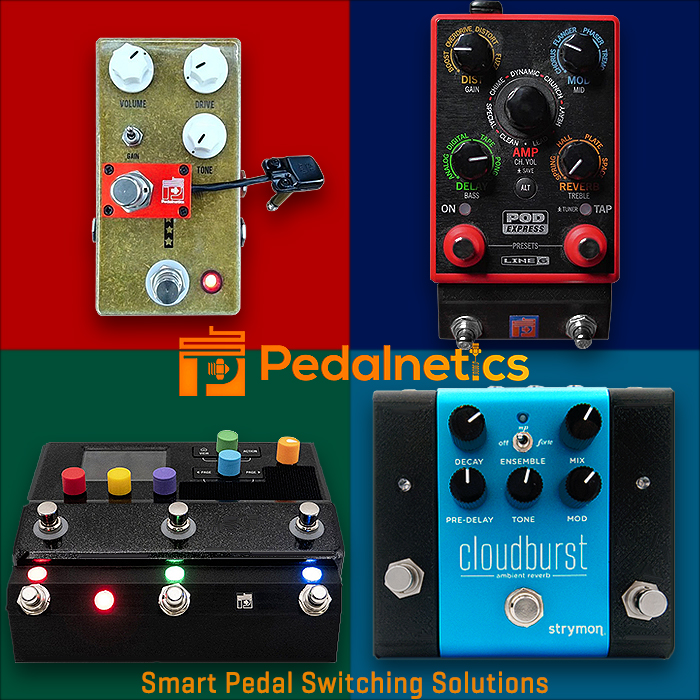
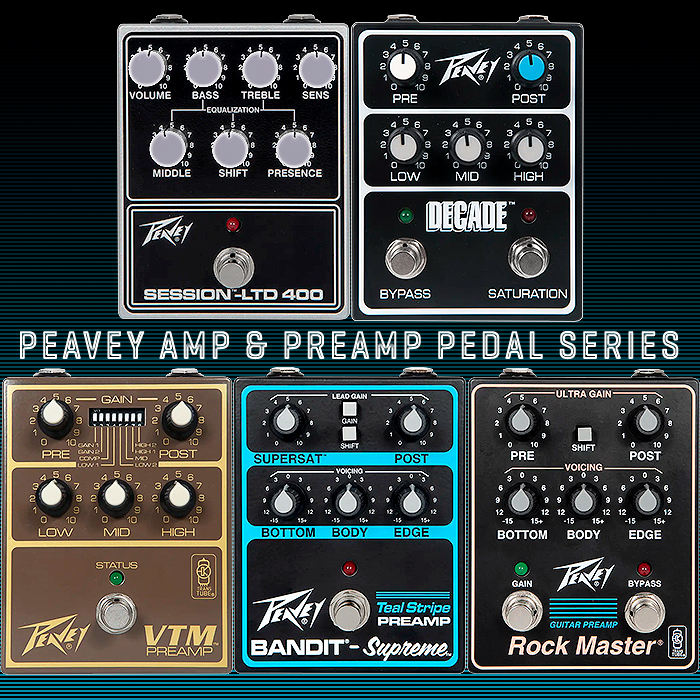
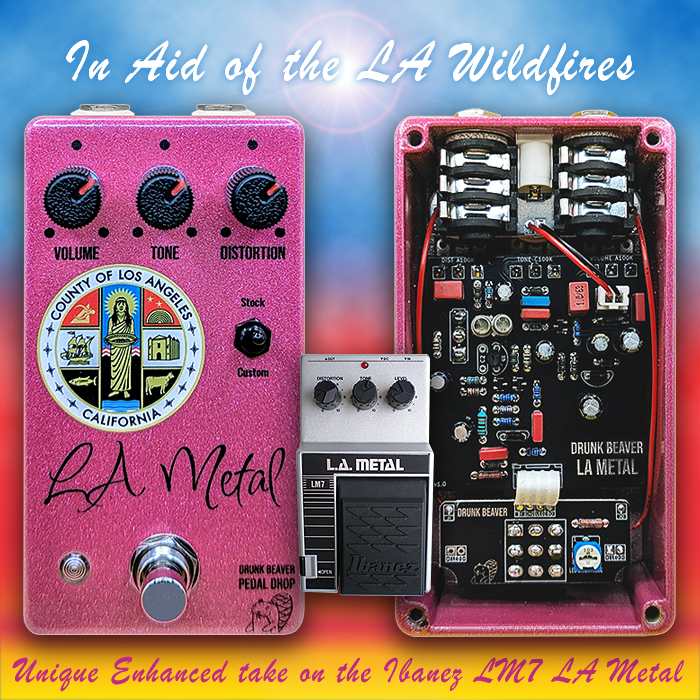
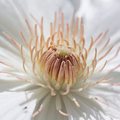

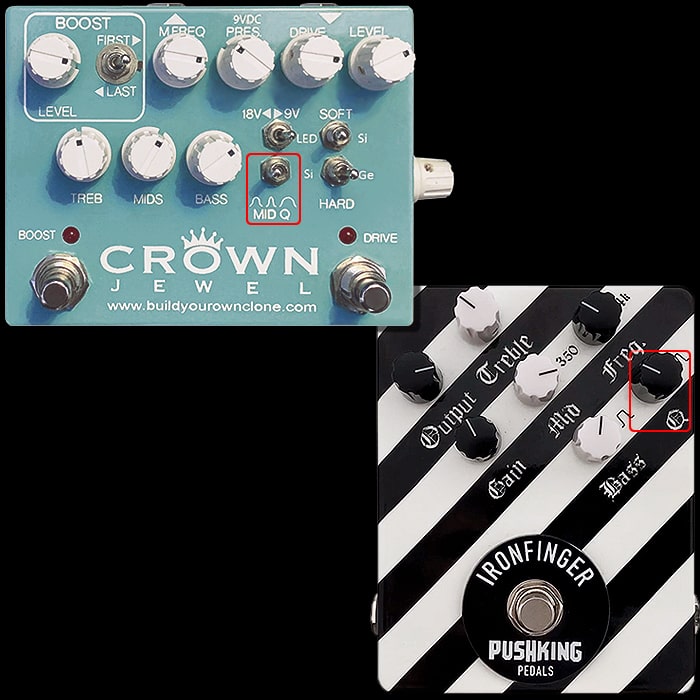
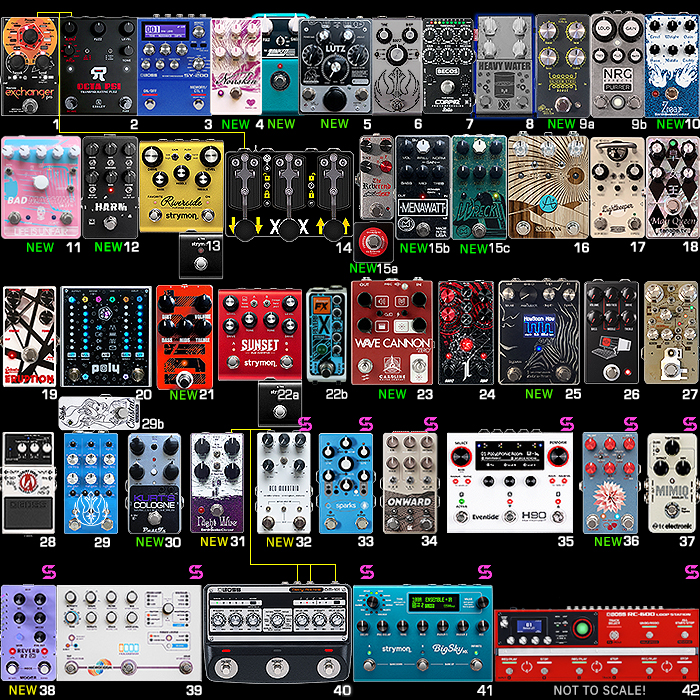
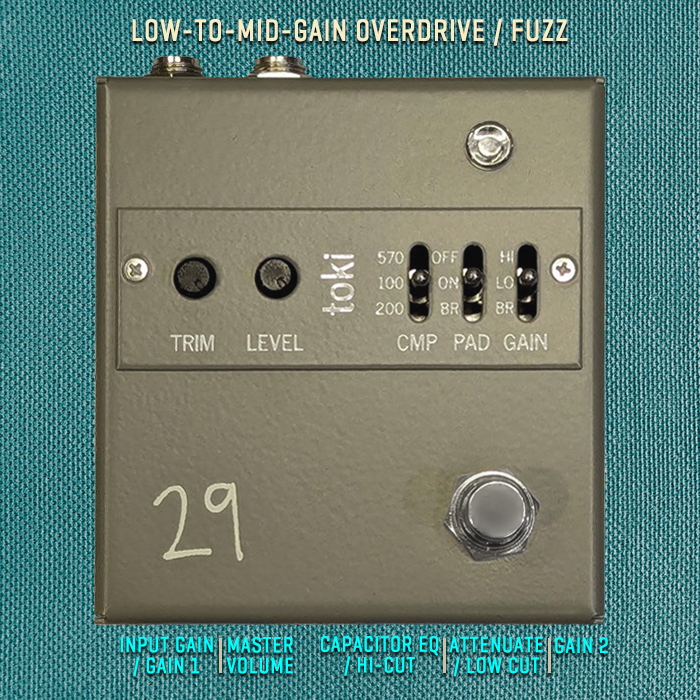

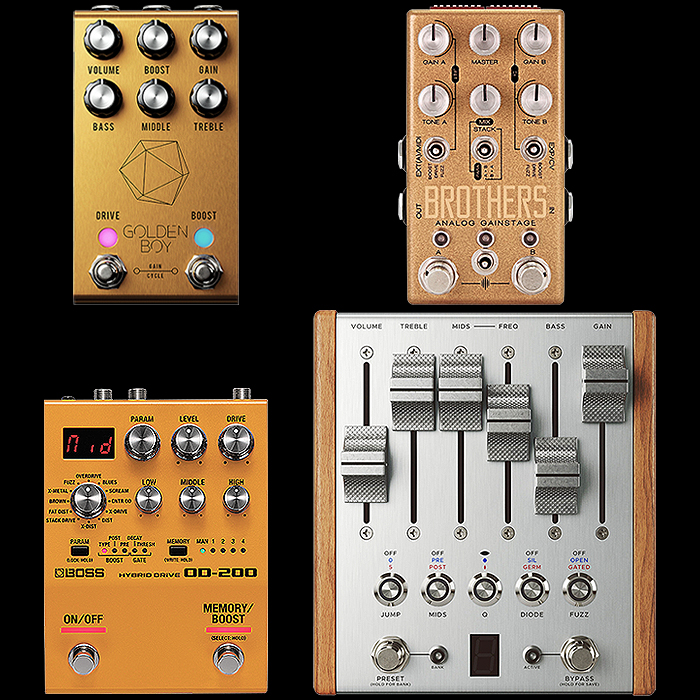
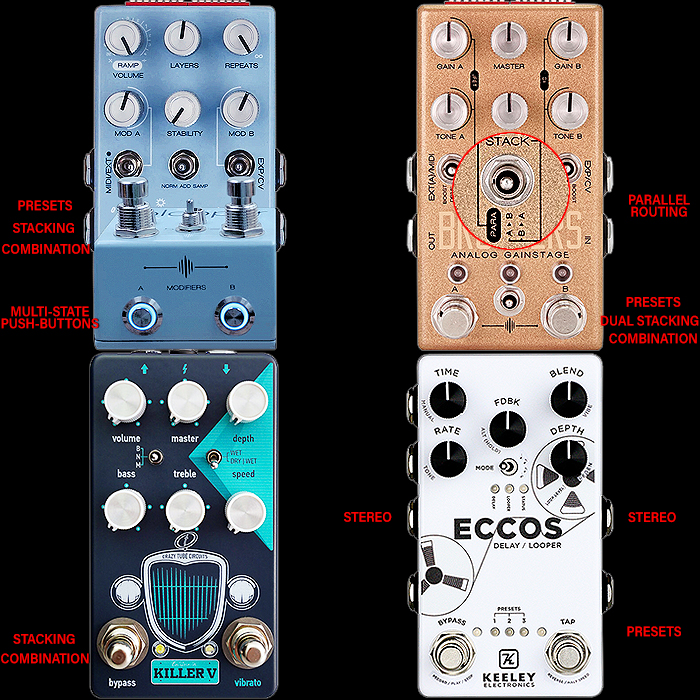

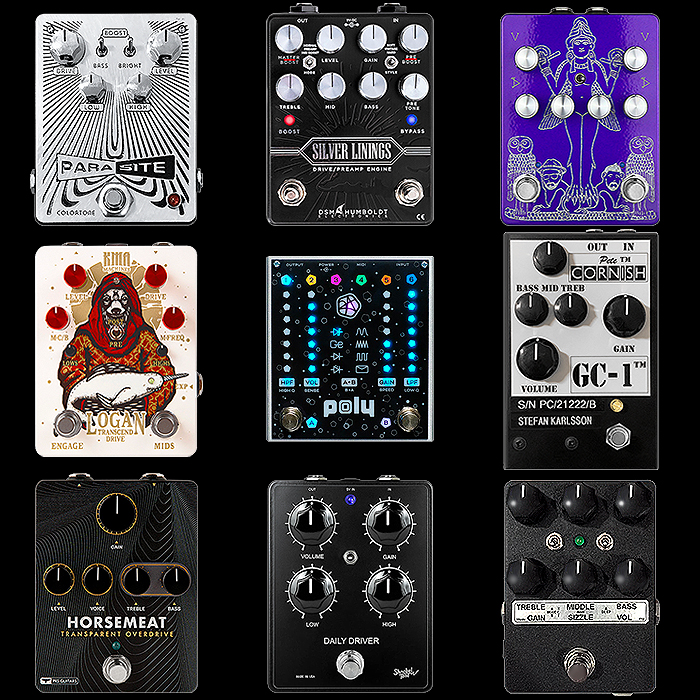
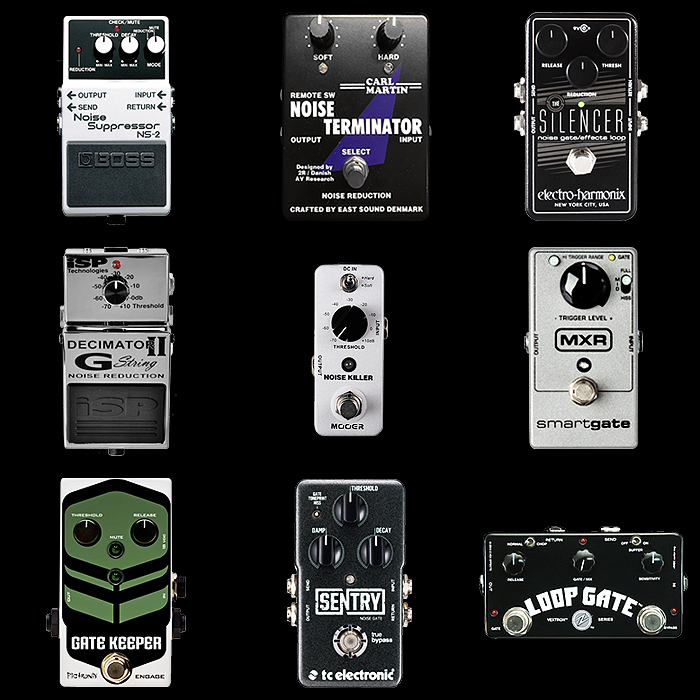
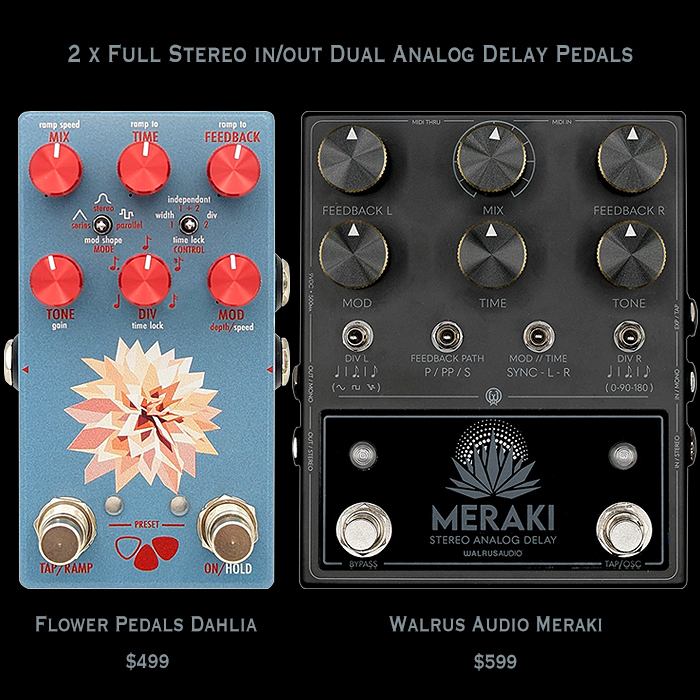
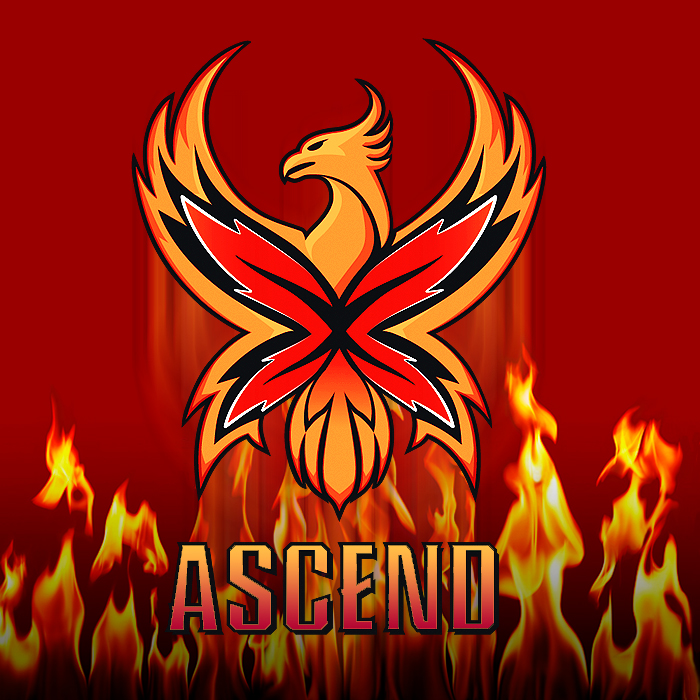
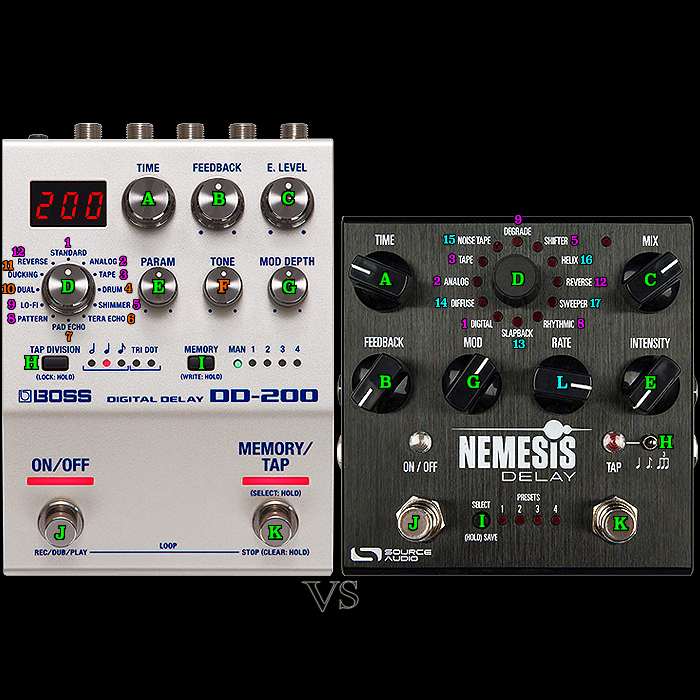


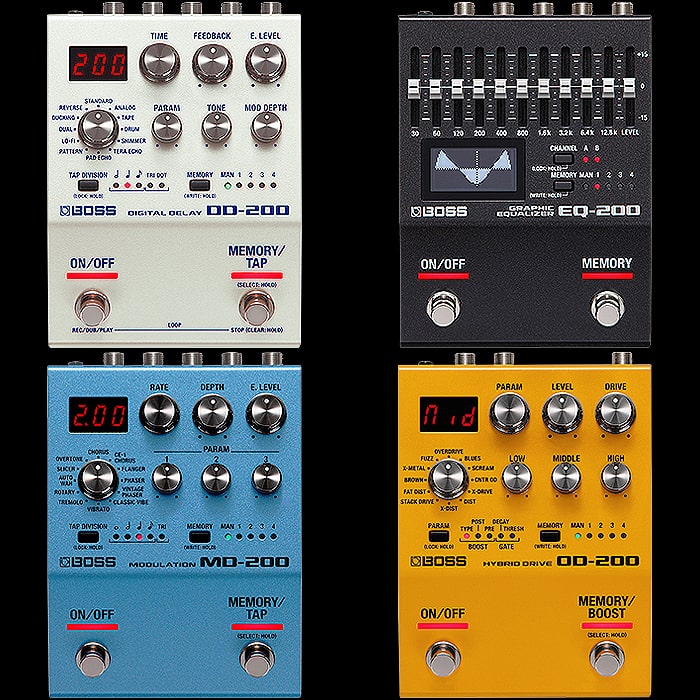
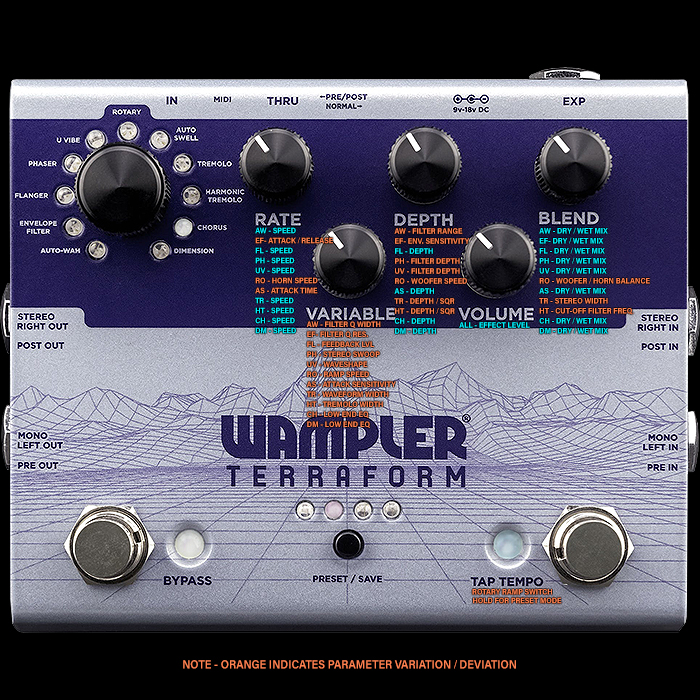
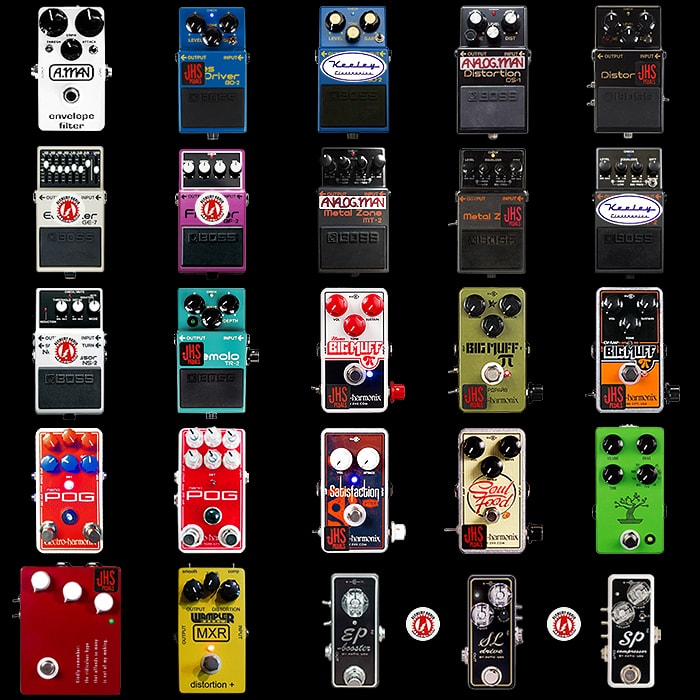
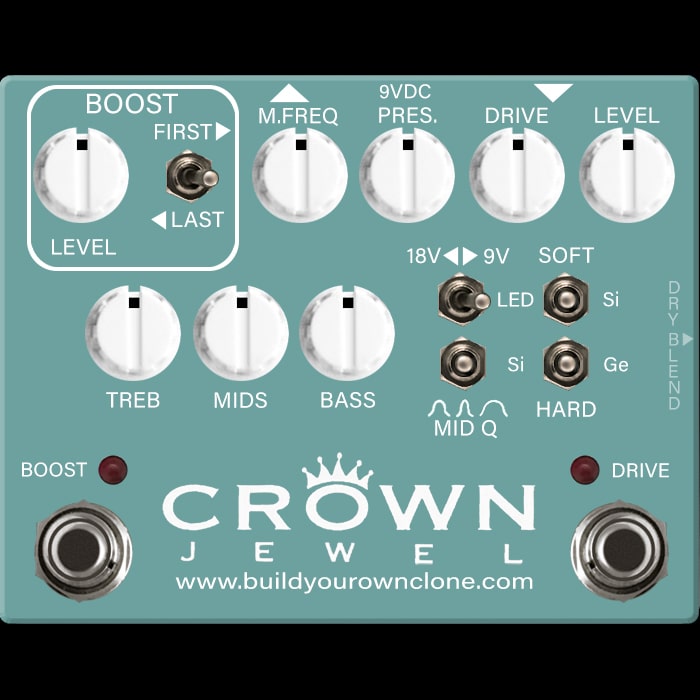
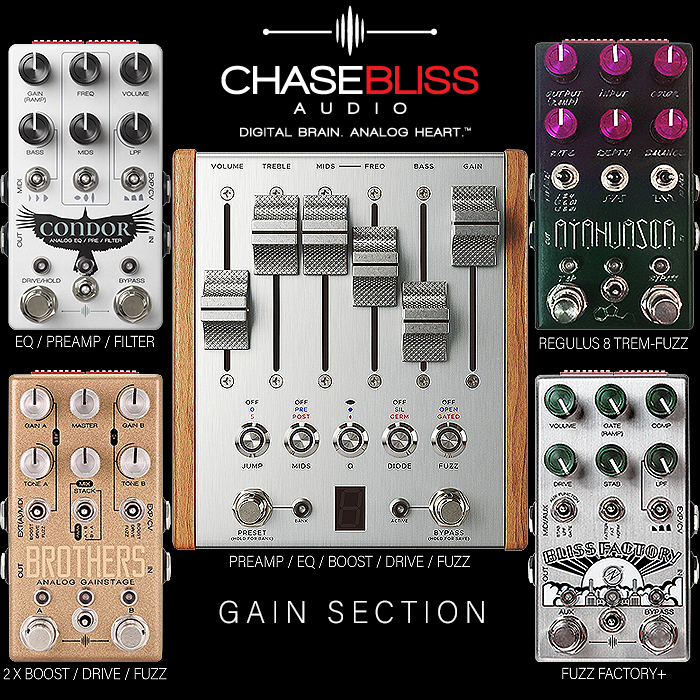
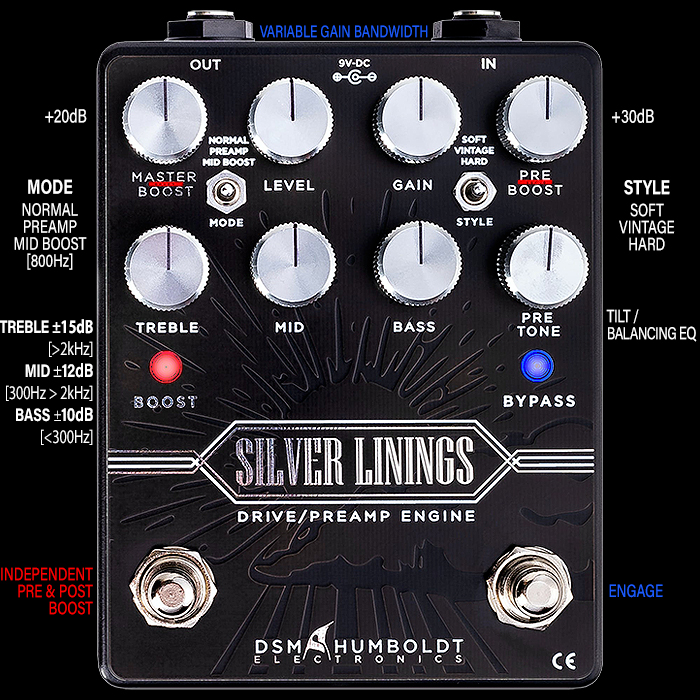
![First-hand Impressions of the Walrus Audio Mako Series II [M1] High-Fidelity Modulation Machine First-hand Impressions of the Walrus Audio Mako Series II [M1] High-Fidelity Modulation Machine](https://d6a2e7ghqts3o.cloudfront.net/AcuCustom/Sitename/DAM/556/2024-GPX-Walrus-Audio-Mako-II-M1-Y-7001.jpg)
